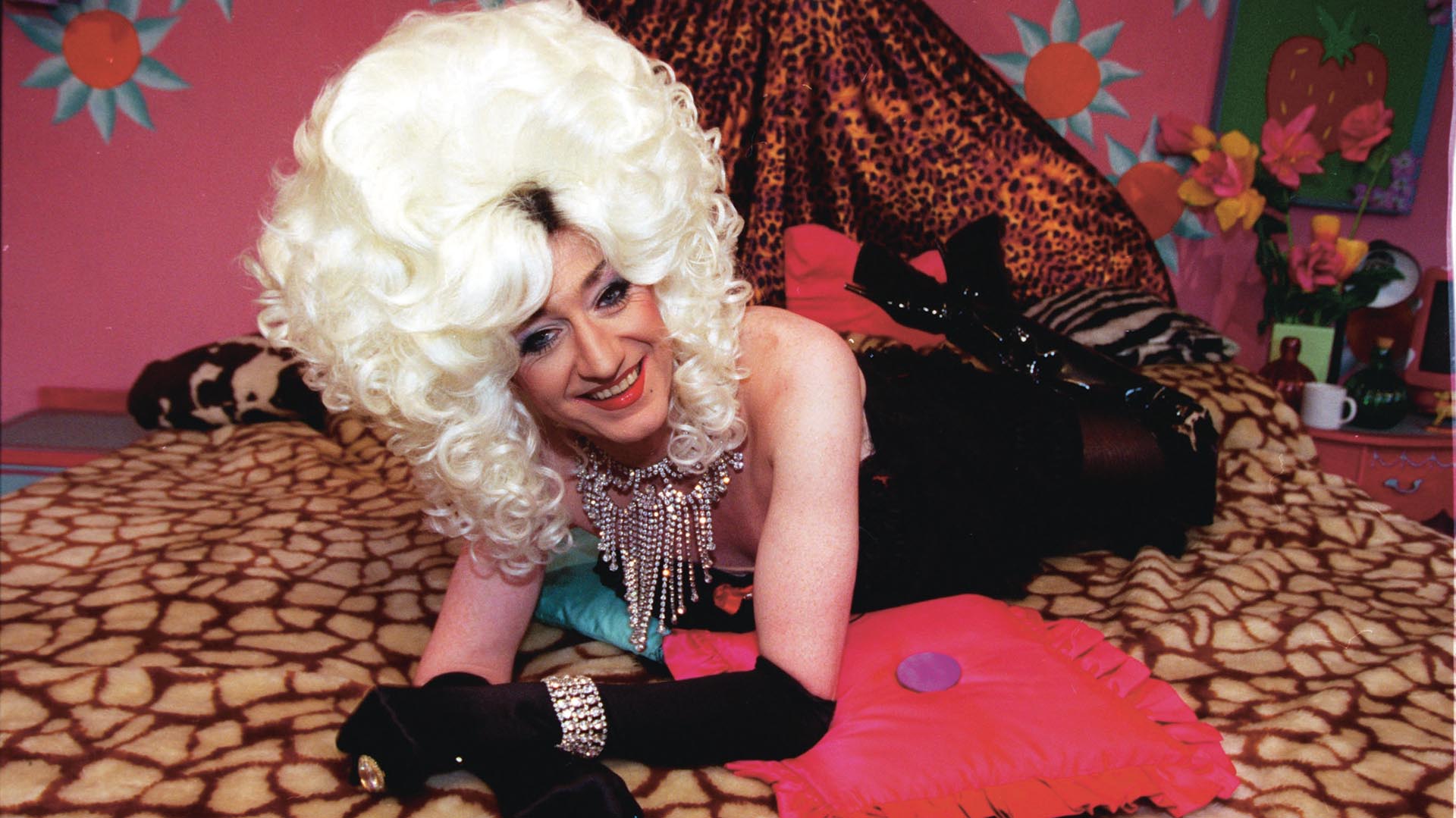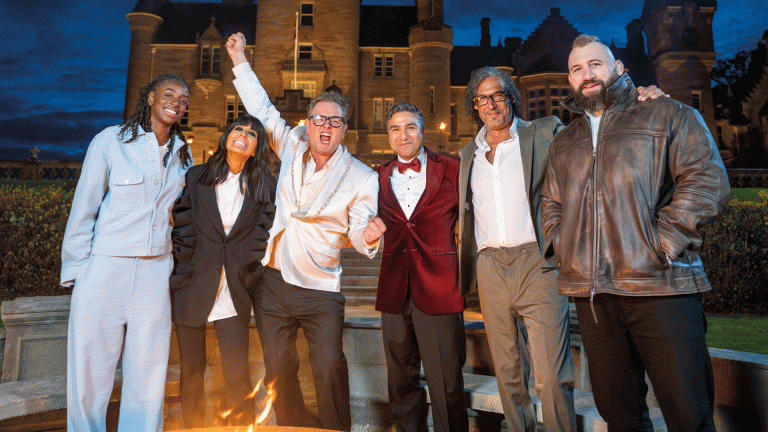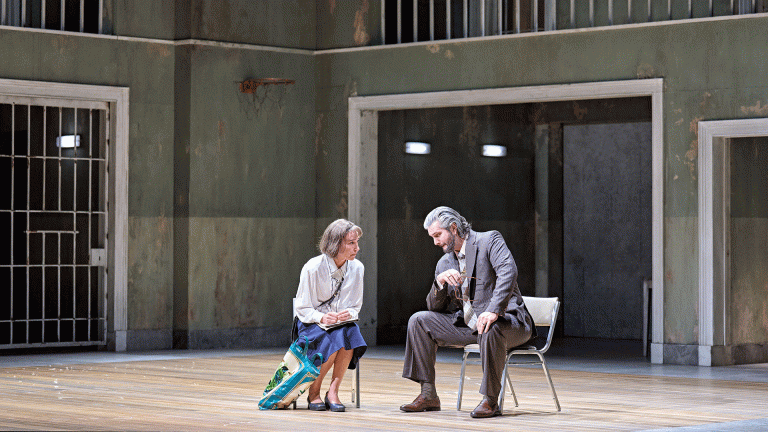For many of us, Lily Savage was the first drag queen we’d ever heard of. This was the early 90s, and drag wasn’t the cultural force it is now. This was way before RuPaul’s Drag Race, and even before the one-two punch of Priscilla Queen of the Desert and To Wong Foo, Thanks for Everything! Julie Newmar in cinemas. If you were in the know you might have seen drag queens in clubs, if you were older you might remember Danny La Rue. You probably had a vague idea of what drag was, more or less. But if you were a young teenager, whose link to the outside world was four channels of TV, music magazines and whatever newspapers your parents read, the flamboyance, acidity, gender playing and utter fabulousness of drag was a distant dream.
And then there was Lily Savage. Paul O’Grady’s alter-ego had been a mainstay of the queer club circuit for years, a regular at the Black Cat and Madame Jo Jos and the in-house MC at the legendary Royal Vauxhall Tavern in London. That led to the Edinburgh Fringe and a Perrier Award nomination in 1991 (she lost to Frank Skinner), and that led to, well, everywhere. By 1992 Lily Savage was doing late night cult telly and comedy shows, by 1994 she was presenting Top of the Pops – and it went from there. Tours! Video specials! The Palladium! An Evening With Lily Savage, prime time on ITV.
O’Grady’s creation, a foul-mouthed, working class, unashamedly drag act, was now a fixture on mainstream telly. By the time he retired the character, Lily had her own talk show, appeared in West End musicals, played in front of the Queen at the Royal Variety Performance and presented Blankety Blank (beating RuPaul to the ‘Snatch Game’ by a clear decade). As the 2000s progressed Lily was seen less and less, with O’Grady concentrating on a career out of drag. It didn’t matter. For a while, Lily Savage was British drag.
Lily came from a drag tradition that was a long way from its US equivalent. There’s no-one like Lily in Paris Is Burning. It was cabaret, pure and filthy, and helped cement a template that we can still see to this day. The difference was, well, Britishness. And it’s still there. Watch back-to-back episodes of the US and UK versions Drag Race, the show most responsible for making the artform mainstream. The US has supermodels, wisecrackers and acrobatic dance supremos. The UK has gag tellers, slapstick, and a thoroughly down to earth, extremely British aesthetic.
Watch Baga Chipz, Cheryl Hole, Lawrence Cheyney, Cheddar Gorgeous, Joe Black and, especially, series one winner The Vivienne and series three winner Danny Beard – there’s an element of Lily in all of them. An end of the peer wink. A knowing chaos, that’s completely Lily Savage. O’Grady himself had little time for the ‘legendary children’ of RuPaul.
“I can’t bear it” he told the BBC in 2017. “We had great comedians in drag in my day. This new brigade who just parade around going, sashay, shantay – that’s not drag to me.” Two years later, when Drag Race UK debuted on the BBC iPlayer, there was a lot more “get outta my pub!” than there was “sashay, shantay” – there was too much Lily in the heart of British drag for it to go any other way.









